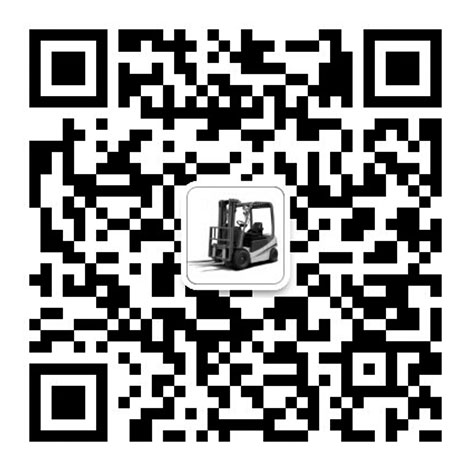Dock Leveler Safety: A Comprehensive Approach to Preventing Warehouse Accidents
Dock levelers are vital for efficient material handling in warehouses, yet their operation carries significant risks. Ensuring dock leveler safety requires a multi-layered approach that integrates equipment maintenance, operator training, and adherence to safety protocols. This article explores the critical aspects of dock leveler safety, emphasizing proactive measures to mitigate hazards.
Understanding Dock Leveler Risks
Dock levelers facilitate the transfer of goods between trucks and warehouses, but their mechanical complexity introduces risks. Common dangers include unexpected platform drops, which can cause severe injuries or fatalities. According to OSHA, falls from elevated surfaces are among the leading causes of warehouse accidents. Additionally, equipment malfunctions, such as hydraulic failures or structural defects, pose risks to both workers and drivers. Human error, such as improper securing of trucks or overlooking maintenance schedules, compounds these risks.
Essential Safety Components
Modern dock levelers incorporate several safety features:
Safety Legs: These mechanical supports prevent the platform from collapsing if hydraulic pressure fails.
Safety Chains: Act as secondary restraints during maintenance or emergencies.
Interlocks: Prevent accidental activation when the platform is not properly positioned.
Warning Systems: Lights or alarms indicate when the leveler is in motion.
Edge-of-Dock Sensors: Detect trailer presence to avoid premature platform retraction.
Regular inspections and maintenance are crucial to ensure these components function correctly. For instance, hydraulic fluid leaks or frayed cables must be addressed immediately.
Operational Best Practices
Training is paramount. Operators should be drilled in pre-operational checks, including verifying trailer restraints, inspecting the dock area for debris, and ensuring the leveler’s safety mechanisms are engaged. Clear communication between warehouse staff and truck drivers is essential to coordinate docking and departure procedures.
During operation, workers must avoid standing on the platform’s edge or walking under raised levelers. Designated safety zones and barrier systems can reduce exposure to moving equipment. Emergency stop buttons should be easily accessible and tested routinely.
Risk Mitigation Strategies
Technology Integration: Installing sensor-based systems that automatically detect trailer departure and adjust the leveler’s position can prevent accidents.
Preventive Maintenance: A scheduled inspection plan, including monthly checks and annual load tests, identifies wear before failures occur.
Signage and Warnings: High-visibility markings and instructional signage remind personnel of safety protocols.
Incident Reporting: Encouraging immediate reporting of near-misses or equipment issues allows for timely corrective actions.
The Human Factor
Even the best equipment fails without proper oversight. Managers must foster a safety-first culture, emphasizing the importance of adhering to procedures over expediency. Regular refresher training and simulations help operators recognize and respond to risks effectively.
Conclusion
Dock leveler safety is a non-negotiable aspect of warehouse operations. By combining robust equipment, rigorous maintenance, comprehensive training, and a culture of vigilance, facilities can minimize accidents and protect their workforce. As logistics demands grow, investing in safety isn’t just a legal obligation—it’s a strategic imperative for sustainability and operational resilience. Prioritizing dock leveler safety today ensures smoother, accident-free operations tomorrow.


